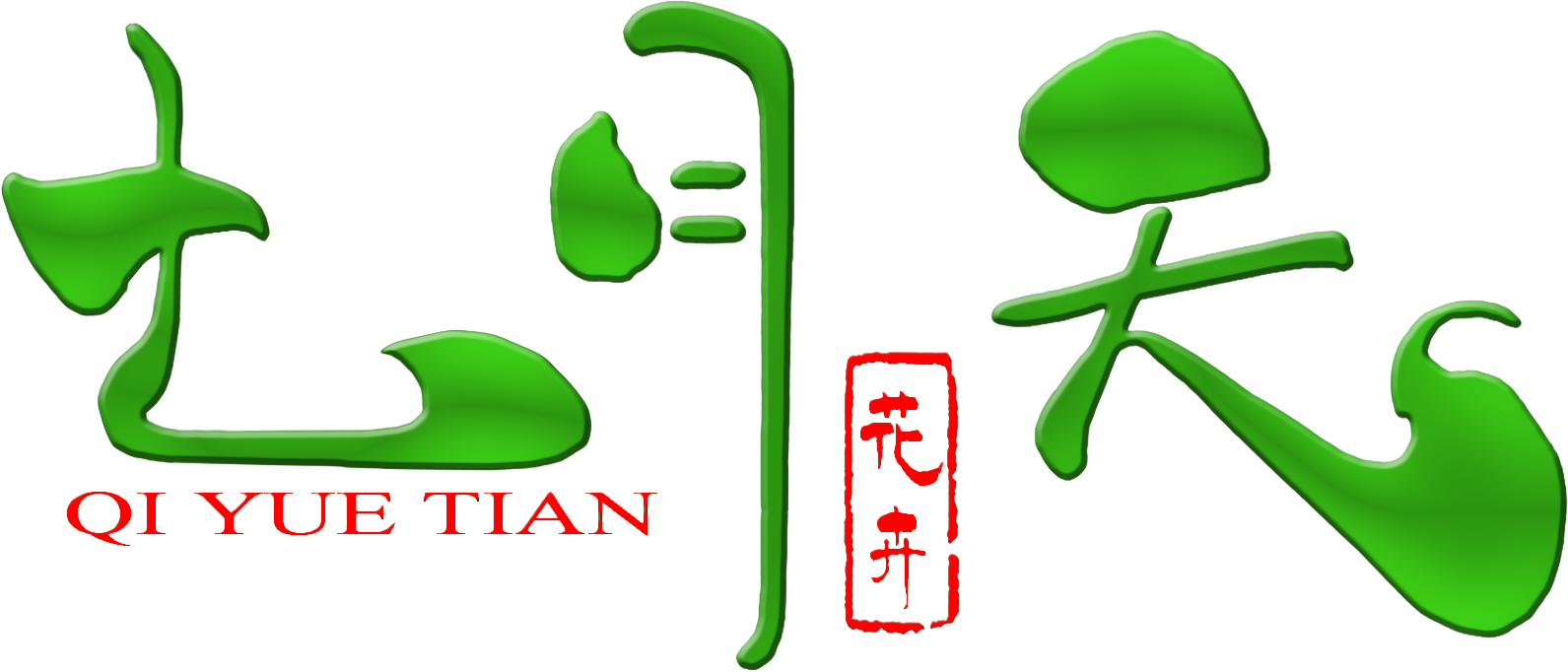News information
23
2023
-
03
20 kinds of common garden hostas, how many do you know?
Hostas are perennial flower species that are diverse and adaptable, and can be planted once for years of enjoyment. At present, hostas are gradually recognized by urban landscape builders for their unique landscape effects, and are widely used in landscaping, courtyards, roadsides, riversides, slopes and other local greening. It not only reflects the connotation of ecological gardening and conservation gardening, but also makes the taste and grade of urban landscape greatly enhanced.
Hostas are perennial flower species that are diverse and adaptable, and can be planted once for years of enjoyment. At present, hostas are gradually recognized by urban landscape builders for their unique landscape effects, and are widely used in landscaping, courtyards, roadsides, riversides, slopes and other local greening. It not only reflects the connotation of ecological gardening and conservation gardening, but also makes the taste and grade of urban landscape greatly enhanced.
Black Heart Chrysanthemum
One or two-year-old herb, plant height 60-100cm, flowering period May-September, open field adaptability is very strong, more hardy, very drought-resistant, do not choose the soil, extremely easy to cultivate. Flowering from early summer to frost. Cultivated varieties of border flowers have tung brown, chestnut brown, heavy and semi-heavy petal types.
Golden Chrysanthemum
Perennial hosta, tubular flowers yellow to brown, cold and drought tolerant, not strict to the soil requirements, light-loving, but tolerant of semi-shade, adaptable, strong resistance to sulfur dioxide.
Celestial daisy
Also known as tiger daisy, tiger daisy, annual herb. The plant is about 20-60cm high, flowering from July to October, fruit ripening from August to October, and likes high temperature, dry and sunny environment. It has good salt tolerance, strong wind resistance, good drought tolerance, good cold tolerance, and slightly poor shade tolerance.
Pine cone daisy
Alias: Echinacea, Echinacea, Echinacea, Echinacea, is a perennial herb in the genus Echinacea, family Asteraceae, with a plant height of 50-150cm, slightly hardy, like to be born in a warm and sunny place, like fertile, deep, rich in organic matter soil.
Medallion daisy
Also known as medallion flower, African sunflower, belongs to Chrysanthemum, Chrysanthemum family, perennial herbs, flowering period is about late spring to early summer, like the sun, like to grow in cooler places, drought-resistant, tolerant of poor soil; semi-hardy, so in milder winter areas can be successfully overwintered.
Bellflower
It is a perennial evergreen herb, 15 to 45 cm tall, flowering from May to June, or July to October, with very rich flowers, preferring sunny, moist, well-ventilated environment, not cold, avoiding hot, dry and acidic soil, and must be well-drained, fertile sandy loam with limestone. Slightly tolerant of semi-shade, requires well-drained soil.
Bajijingtian
It is a perennial succulent herb with a height of 30-50cm, flowering from July to October, with white, fuchsia and rosy flowers. It likes strong light and dry, well-ventilated environment, but also tolerates light shade and low temperature of -20℃. The plant is strong and robust, and the management is sloppy.
Hosta Sage
The plant is shrubby, perennial and clumped, about 50 cm tall. The flowers are purple, pink, white or red. Sage is fragrant, slightly irritating, vigorous, and resistant to pests and diseases.
Clump Forsythia
It is a perennial herb with a height of 10-15cm. The flowers are purple, white, pink, etc. The flowering period is from April to December, and it is extremely cold-resistant, drought-resistant, barren and heat-resistant.
Large-flowered okra
Perennial herb, 1-2m high, white, pink, red and purple flowers, flowering period June-August, sun-loving, slightly shade-tolerant, warm and humid climate, drought-resistant, water-resistant, flourishing in fertile sandy loam soil near water.
Purple flowering groundnut
Also known as wild corydalis, light petal corydalis, etc. It is a perennial herb with a height of 4~14cm, flowering and fruiting period from mid-late April to September, light-loving, moist environment, shade-tolerant and cold-tolerant, soil-independent, highly adaptable and easy to propagate.
Daylily
Also known as big bud daylily, lily family, daylily genus of perennial herbs, flowering July to August, born in the lower elevation of the forest, wetlands, meadows or grass. Cold hardy, tolerant of light, and semi-shade, the soil requirements are not strict, but with high humus content, well-drained permeable soil for good. Growing season often fertilized.
Yellow calamus
Perennial wet or water-retentive herbs, tall plants, short thick rhizomes, flowering in May-June, Iris in the wild state growing in shrub forest margins, sunny slopes, forest margins and waterfront wetlands. The planting environment prefers moist and well-drained, humus-rich sandy loam or light clay soil, with a certain degree of salinity tolerance, in pH 8.7, salt content of 0.2% of the light saline soil can grow normally. Light-loving and shade-tolerant, it can grow normally in semi-shady environment. It prefers a cool climate and is cold hardy.
Dahlia
Alias Dahlia, Tianzhu Peony, Dong Yang Chrysanthemum, Dahlia, Groundnut Flower, Asteraceae, Dahlia, perennial herb, plant height 1.5-2 meters, flowering June - December, fruiting September - October, like semi-shade, like cool, do not tolerate drought, not tolerate waterlogging, suitable for cultivation in fertile sandy soil with loose, well-drained soil.
German Iris
Perennial herb, plant height 60-100 cm, flowering in April-May, fruiting in June-August, leaves erect, with light green, gray-green or dark green.
Four Seasons Begonia
Begonia is a fleshy herb of the begonia family, with orange-red, peach, pink and white flowers. It is sun-loving, slightly shade-tolerant, afraid of cold, likes warm, slightly shady environment and moist soil, but is afraid of heat and water-logging, and pays attention to shade and ventilation and drainage in summer.
Marshmallow
It is also known as "One-zhang red", "Big marshmallow", and "Rongkui". It is an erect biennial herb, up to 2 meters high, flowering from June to August, with purple, pink, red, white and other colors, likes full sun, tolerates semi-shade, but avoid waterlogging. Strong salinity tolerance, can still grow in soil containing 0.6% salt. It is cold tolerant and can be safely overwintered in the open in northern China. It grows well in loose, fertile, well-drained, sandy soil rich in organic matter.
Cauliflower
It is a perennial herb with a stem height of 1~1.5m, flowering from June to August and fr. from July to September. It is borne in forest margins or grasslands on mountain slopes, mostly at lower altitudes, but it can also grow in southwest mountainous areas at altitudes of 2000~2200m. Prefers warmth and sunshine, tolerates drought and cold, not strict on soil requirements, hillside dry land can be cultivated, to fertile and loose. High terrain, well-drained sandy loam soil is good. Neutral loamy soil or slightly alkaline suitable, avoid low-lying land and saline.
Snake berry
Perennial herb, flowering June-August, fr. August-October, mostly on mountain slopes, riverbanks, grasslands, moist places, below 1800 meters above sea level. It prefers shade, warm and moist, cold hardy, not drought tolerant, and not water-logged. In northern China can overwinter in the open ground, suitable temperature 15 ℃ -25 ℃. The soil requirements are not strict, field soil, sandy loam, neutral soil can grow well, suitable for loose, moist sandy loam soil growth.
Lysimachia
Perennial herb, 50-100 cm high, flowering and fruiting period June-September, robust, hardy, strong adaptability to soil, like slightly acidic, neutral well-drained sandy loam, also tolerate light alkaline soil.
Previous page:
Next page
Previous page:
Next page






